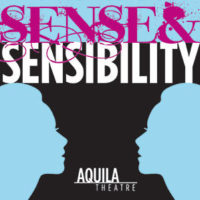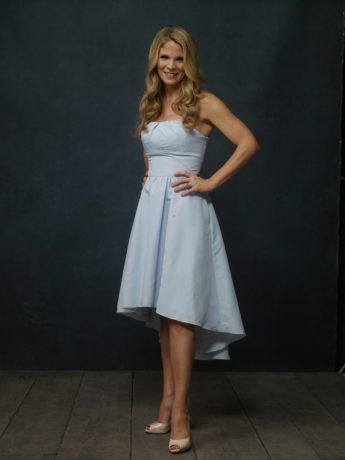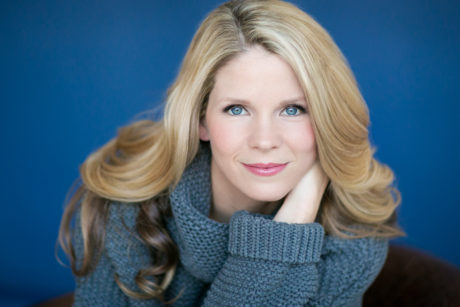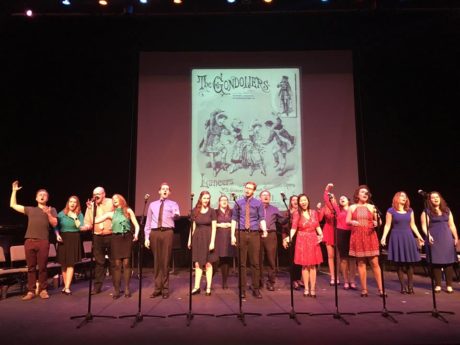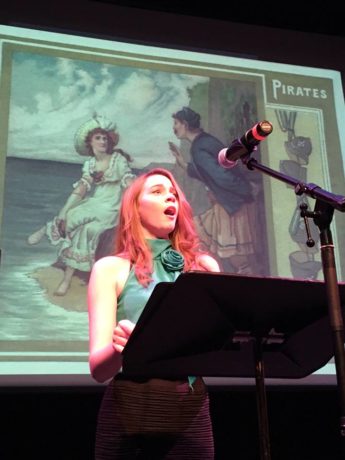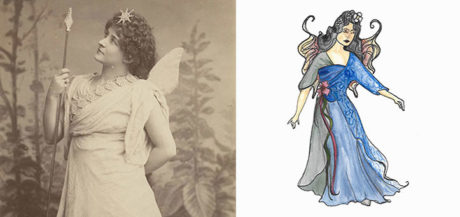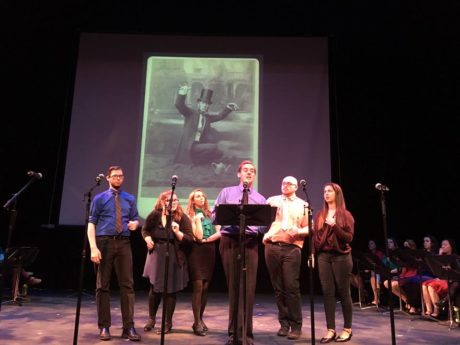ARTS by George! is George Mason University’s annual fundraiser to support student scholarships and funding for its College of Visual and Performing Arts. The evening provides a showcase of student artists at GMU in dance, theater, opera, piano, jazz ensembles, and computer and visual art.
The George Mason School of Dance showcased two performances during the evening that were peeks into the works that will be in its March Gala concert. Faculty member and choreographer Christopher d’Amboise is creating a new work to the music of Stravinsky and provided a three-minute snapshot of the piece (untitled). The other performance was short selections from a work called The Hunt by Robert Battle. The students, ranging from freshmen to seniors, demonstrated technical mastery and artistic versatility.
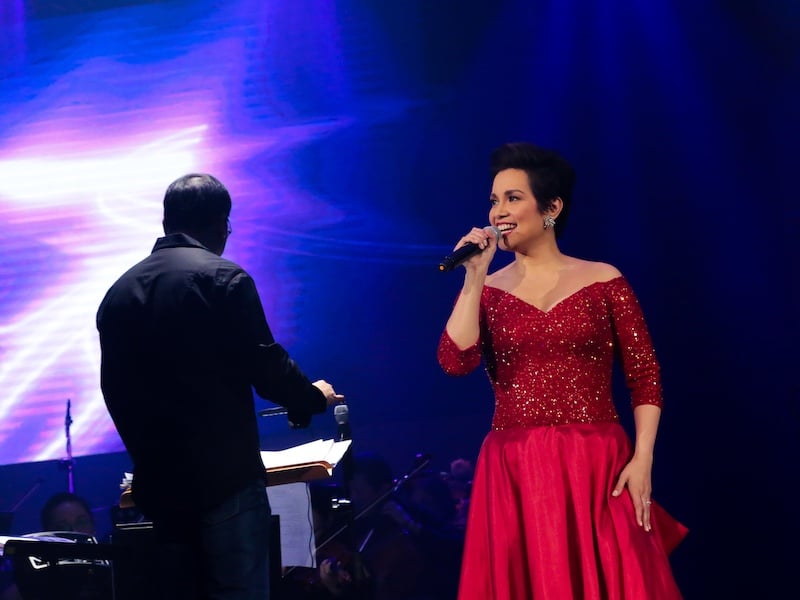
I also reviewed the George Mason School of Theatre musical showcase of 110 in the Shade, a musical with a book by N. Richard Nash, lyrics by Tom Jones, and music by Harvey Schmidt. Based on Nash’s 1954 play The Rainmaker, it focuses on Lizzie Curry (originally played on Broadway by Audra McDonald), a spinster living on a ranch in the American southwest; her relationships with local sheriff File, a cautious divorcé who fears being hurt again; and charismatic con man Bill Starbuck, posing as a rainmaker who promises the locals he can bring relief to the drought-stricken area. The cast showcased the opening number, “Gonna Be Another Hot Day,” and “The Rain Song,” led by the character Starbuck. The full production will run later this year. While not a blockbuster musical, the snapshot provided by the cast featured a good ensemble sound and a strong ensemble cast. The voices were clear and the staging was energetic.
The evening culminated with a philanthropic event headlined by Tony and Olivier Award winner Lea Salonga, renowned across the world for her Broadway performances; best known for her Tony Award—winning role as Kim in Miss Saigon, at the age of 17. Salonga is also known for many other roles, including the voice of two Disney princesses, a judge on the Philippines’ version of The Voice, and countless concert tours.
As the light came up on the stage, Salonga delighted the audience with many selections, accompanied by a four-piece band consisting of Larry Yurman (Music Director/Piano), Paul Viapiano (Guitars), Kevin Axt (Basses), and Ray Brinker (Drums). Salonga has a clear voice with a true alto belt unlike any other, and she did all of the musical selections justice. However, I have to say, as a true theater “junkie,” while she did a short medley of some of her greatest hits, which featured songs from Aladdin, Miss Saigon, and Les Mis, I missed hearing the complete songs from the shows she is well known for. But, after a decades-long career, I can understand that maybe she is tired of the “old stuff.” Nevertheless, as a true self-proclaimed diva of the theater, Salonga was witty and down-to-earth charming. Other song selections included a lovely tribute to Stephen Sondheim. Larry Yurman’s arrangement combined “Move On” from Sunday in the Park with George and “Not While I’m Around” from Sweeney Todd. And, a few surprises were thrown our way — one being a version of Britney Spears’ “Toxic,” which was actually quite well done in a slower, jazzy style — and the other, a rendition of Shawn Mendes’ “Stitches,” which was super enjoyable, and got the audience involved with a group sing of the lyrics.
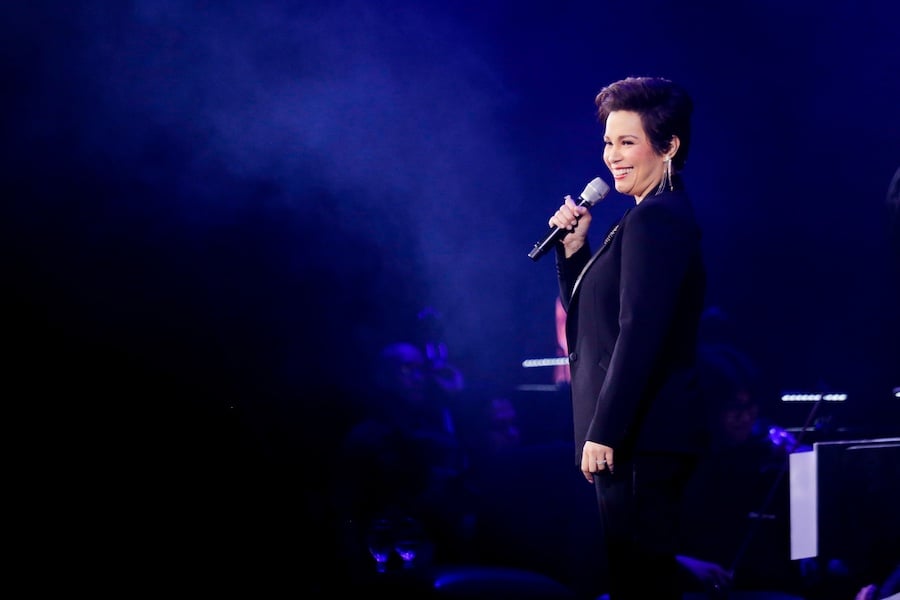
As a three-year veteran of ARTS by George!, I can highly recommend this event to anyone who has any interest in arts programs in Northern Virginia. Special thanks to the organizers, Laura Mertens and Camille Cintron Devlin, for this fantastic showcase.
Running Time: Approximately 90 minutes, with no intermission.
An Evening with Lea Solanga played one night only on September 28, 2024, at George Mason University, Center for the Arts Concert Hall, 4373 Mason Pond Drive, Fairfax, VA. The concert was part of George Mason University’s annual ARTS by George! benefit event supporting student scholarships at the College of Visual & Performing Arts, the Mason Community Arts Academy, Green Machine Ensembles, and the Great Performances at Mason season at the Center for the Arts.
For complete information about ARTS by George!, including scholarship stories, a schedule of student showcases, previous ARTS by George! images, and more, visit the event website. To learn about upcoming performances at George Mason University, click here.
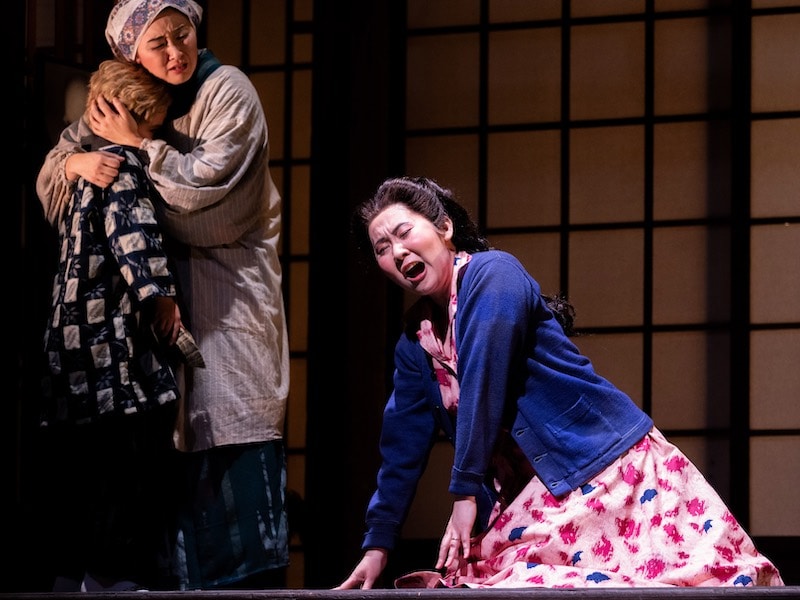
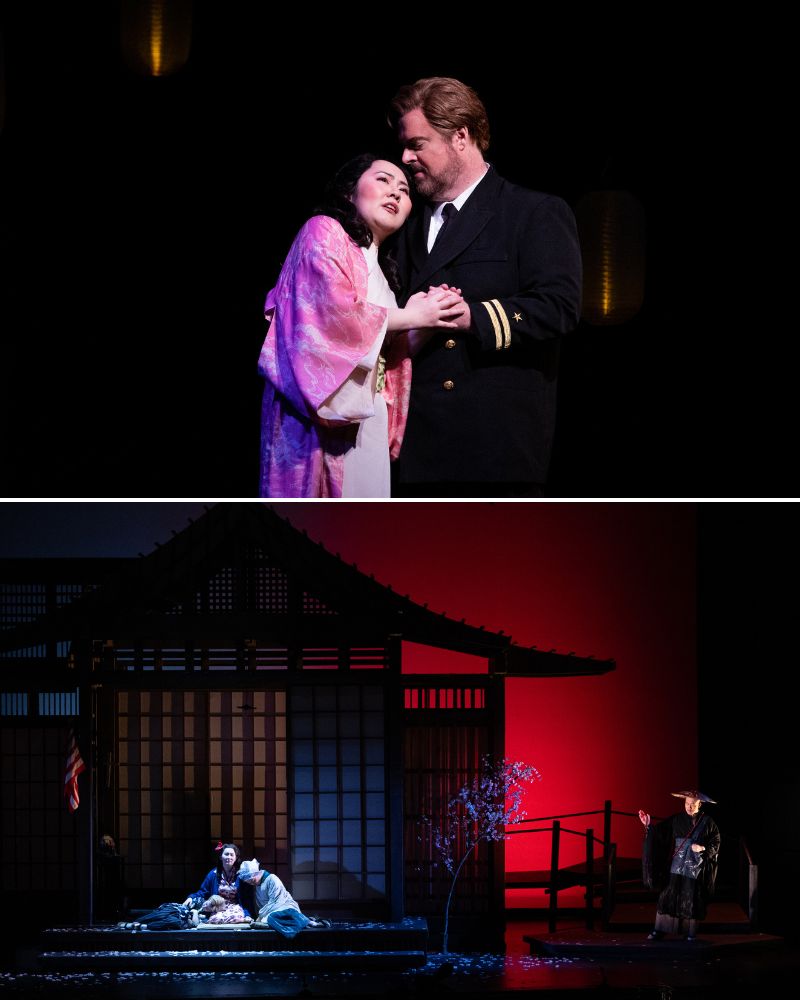
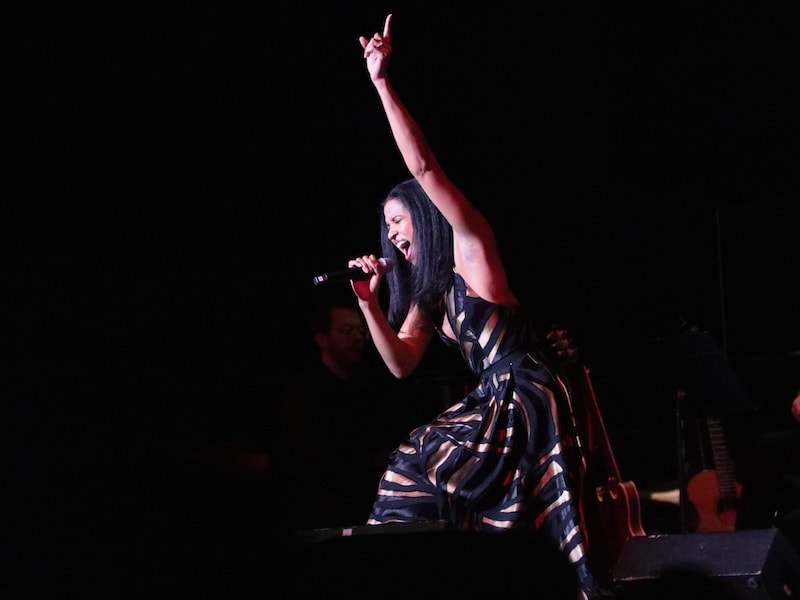

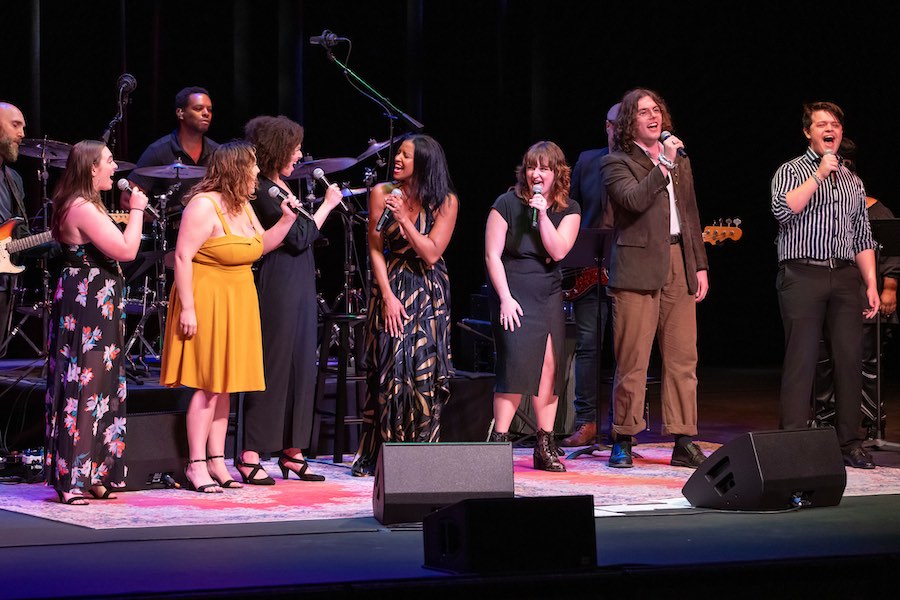

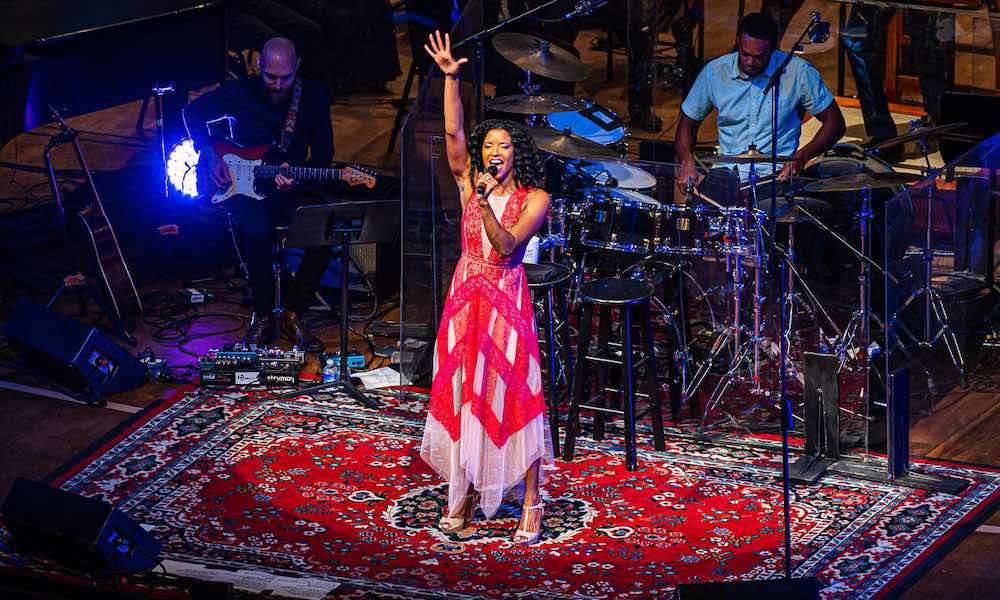

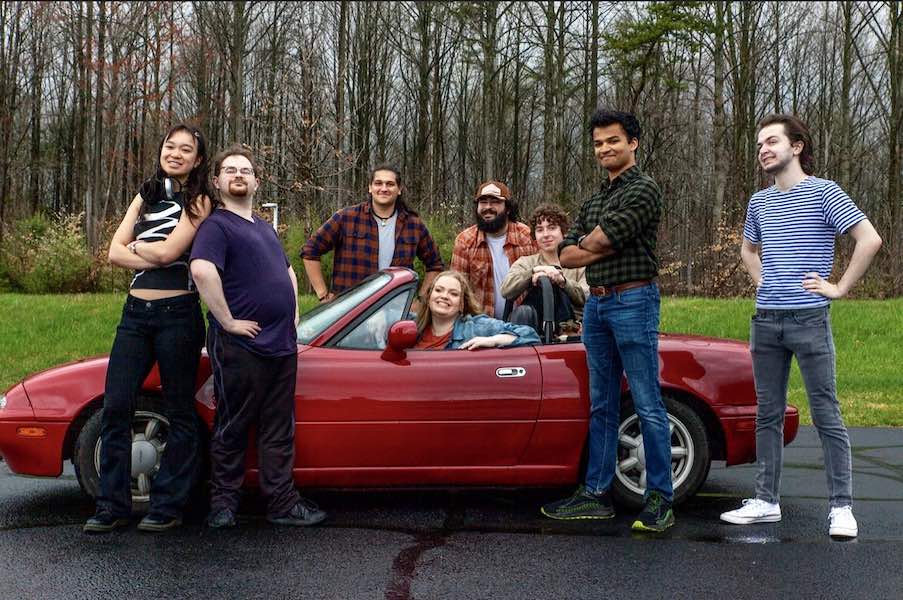
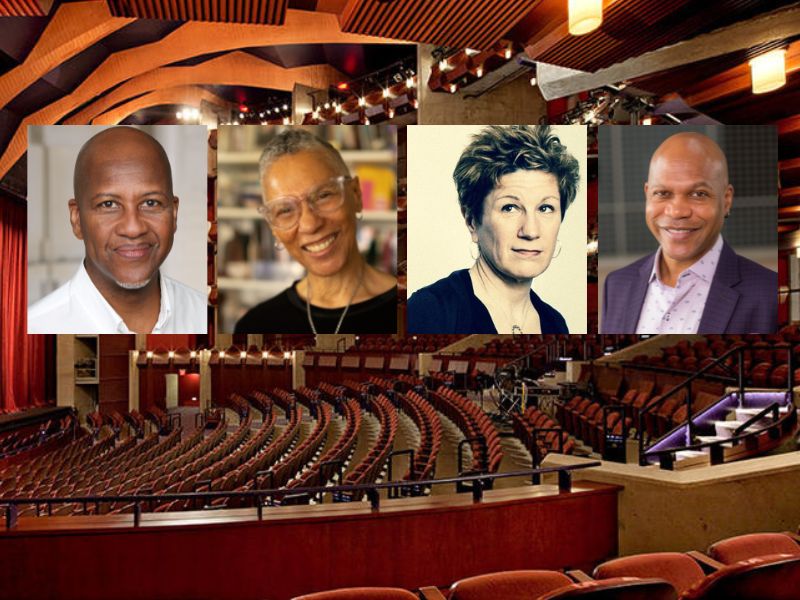



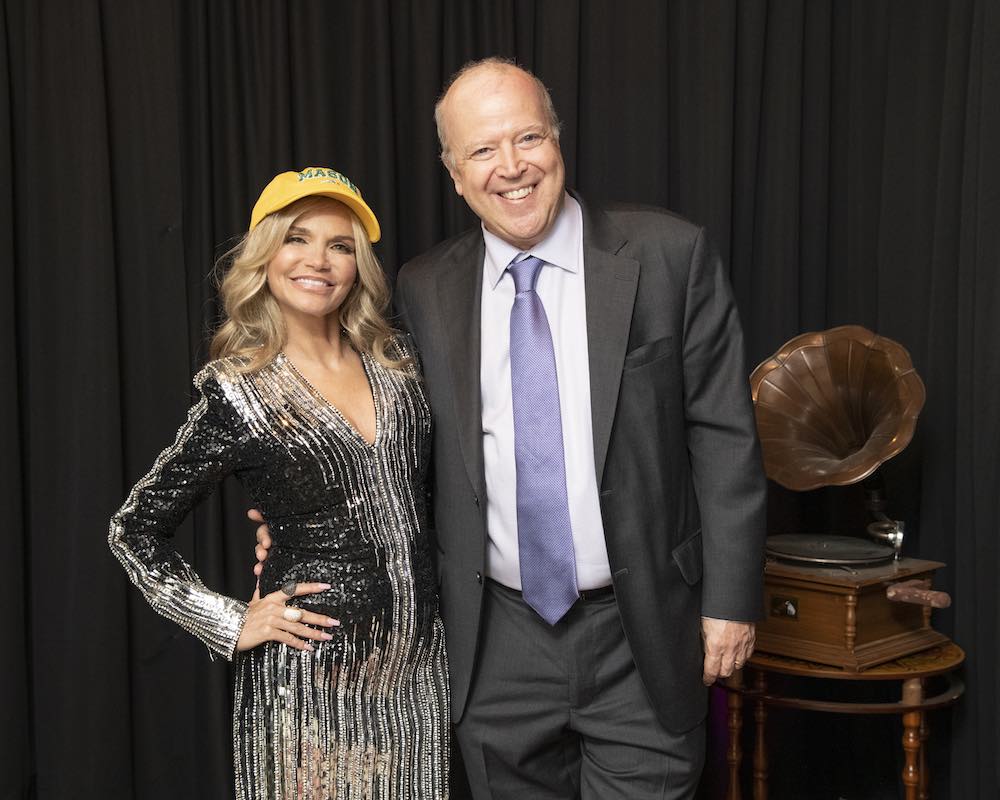

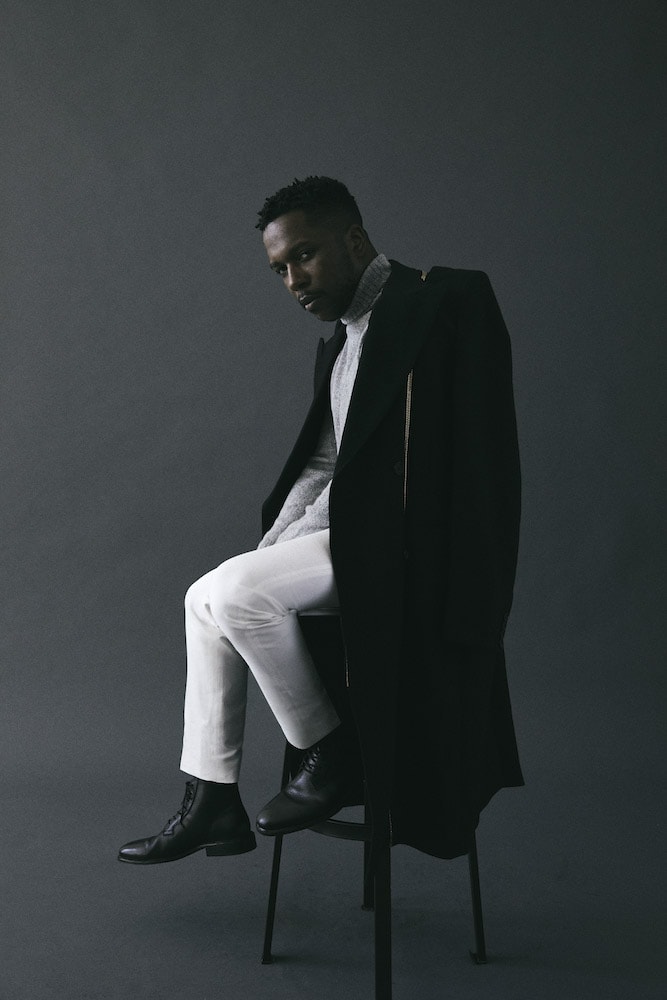



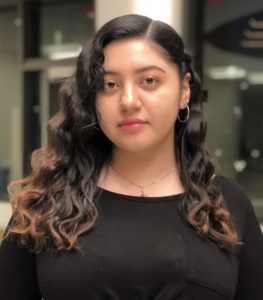
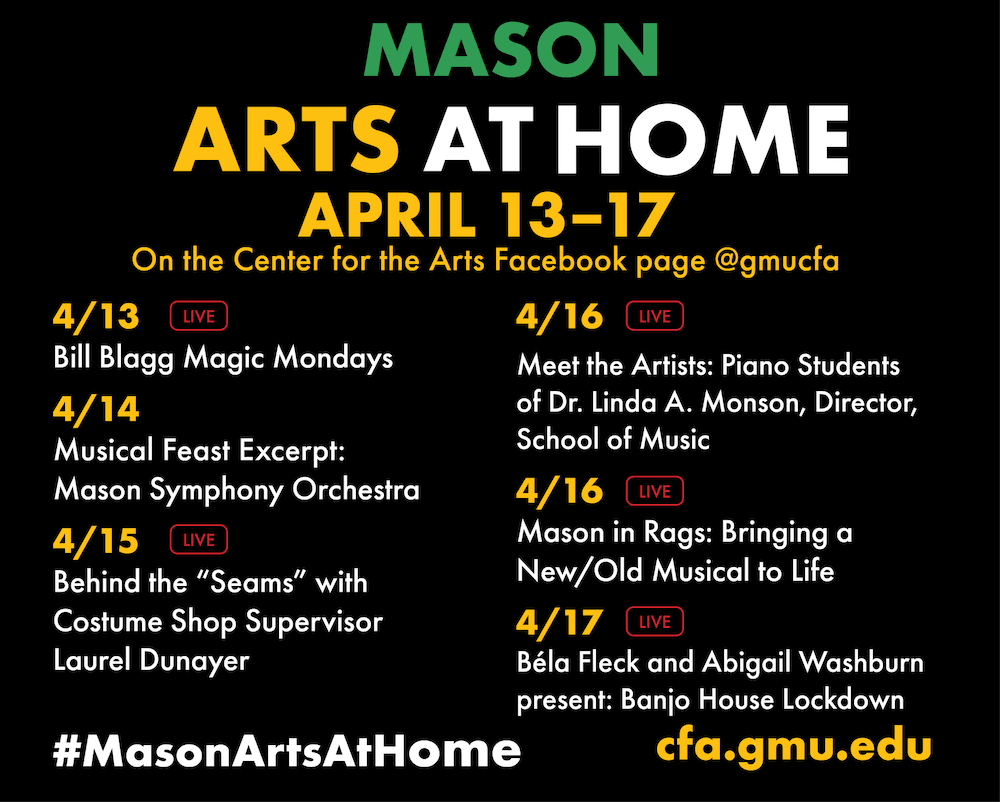

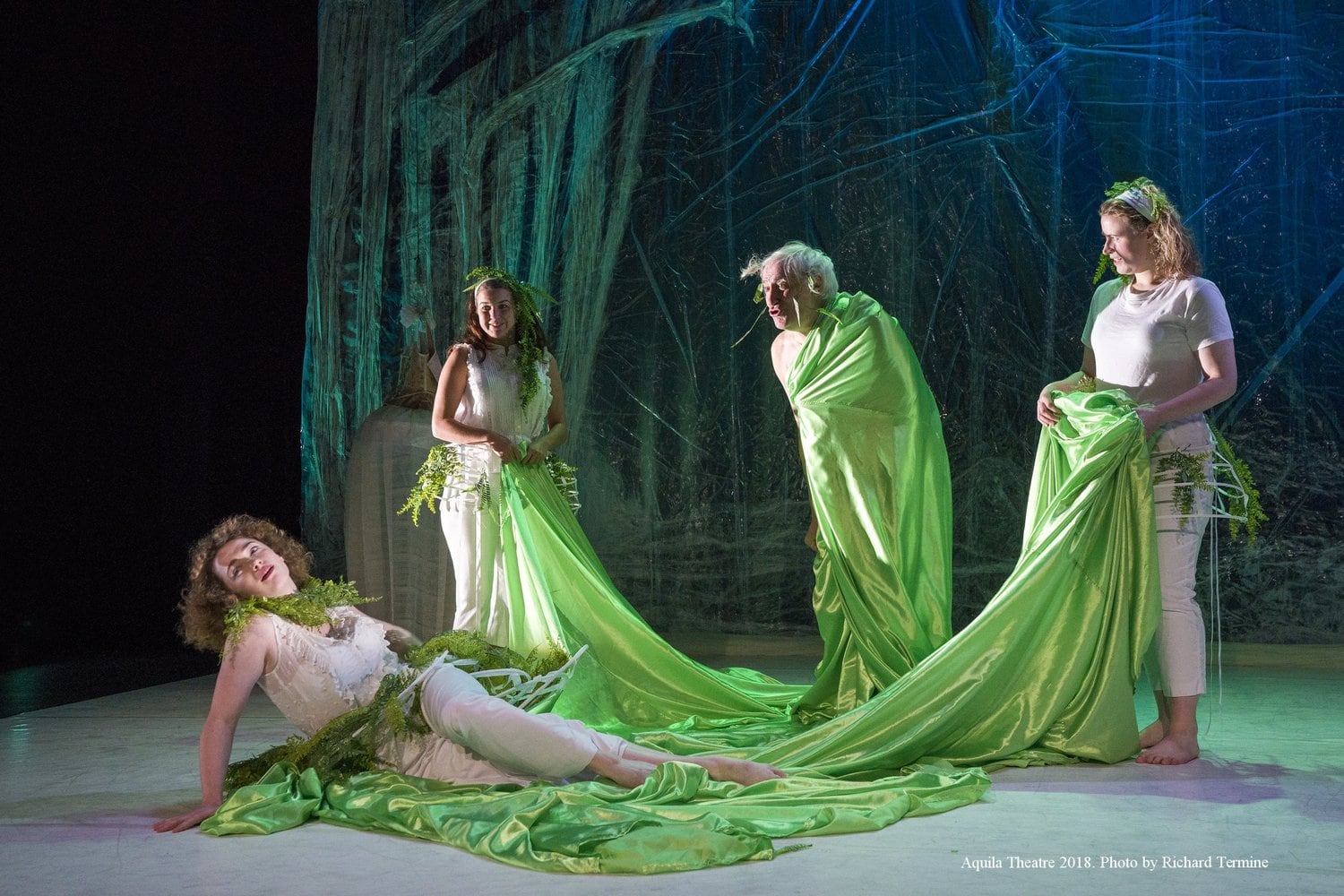
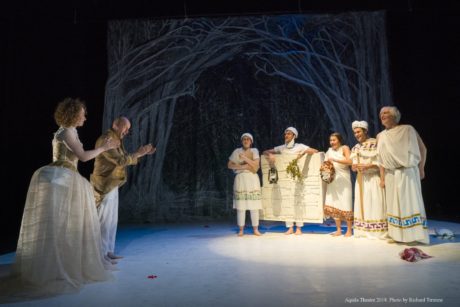
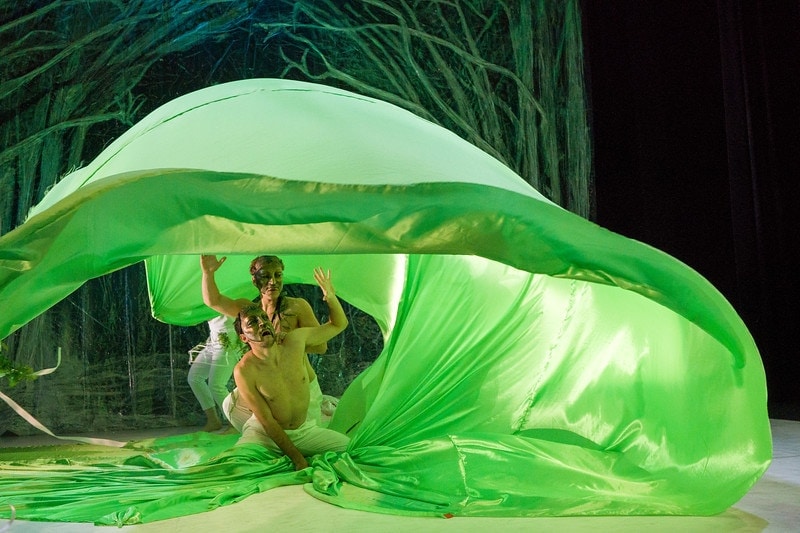
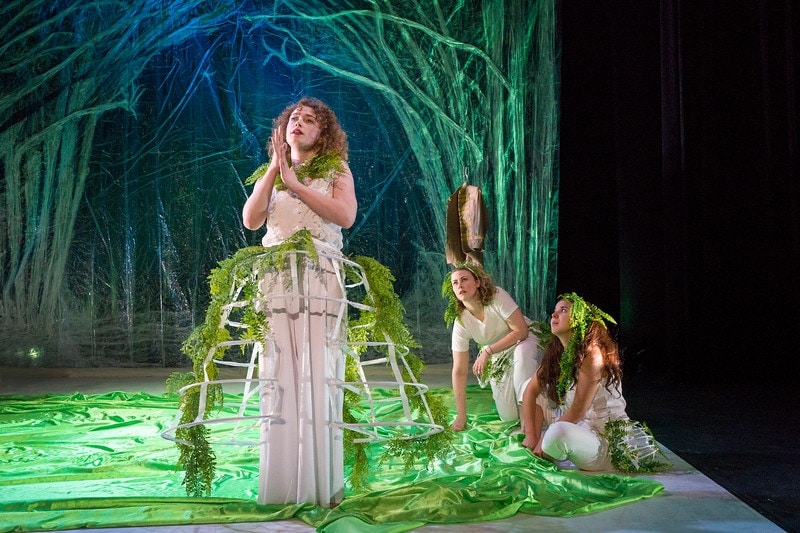
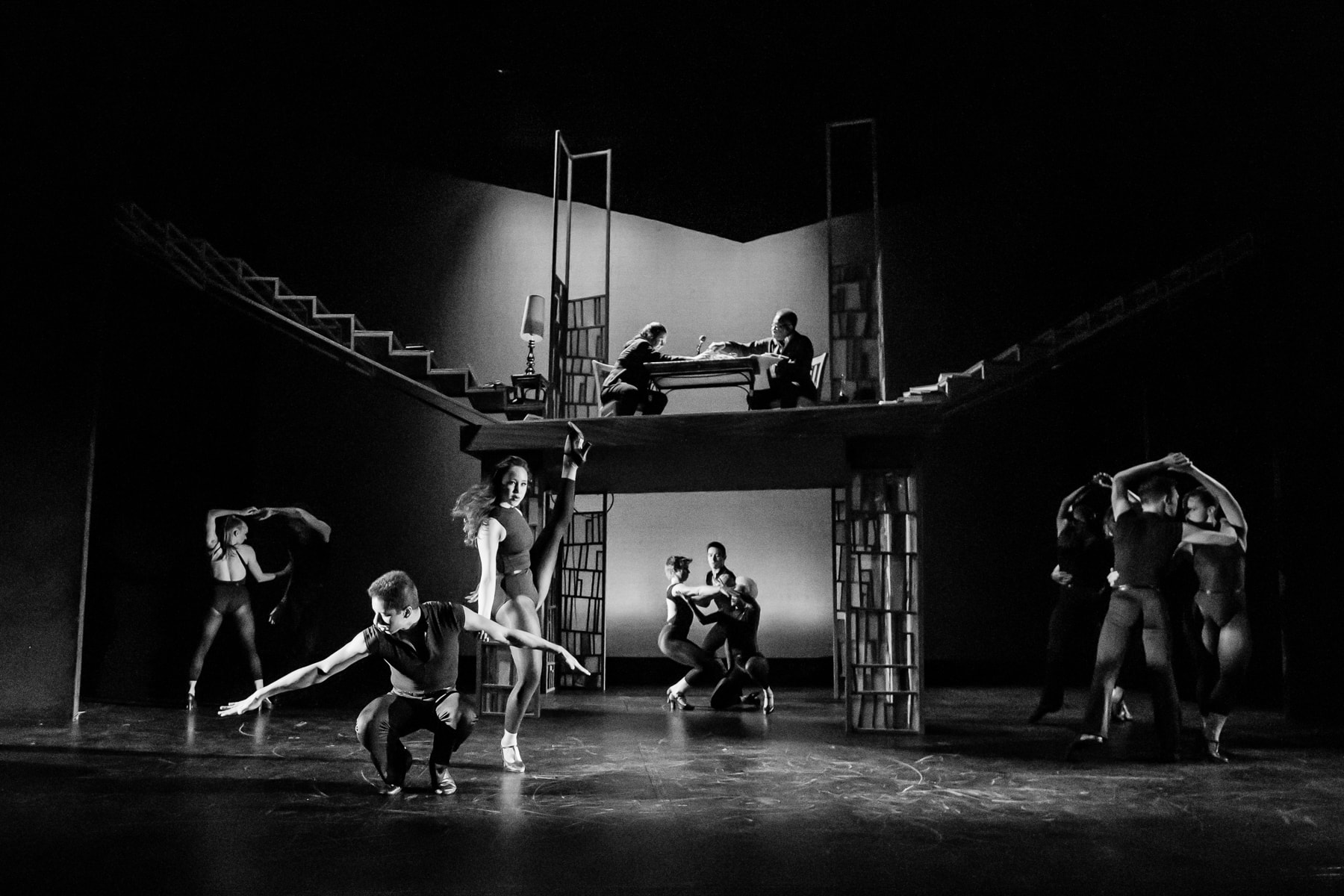
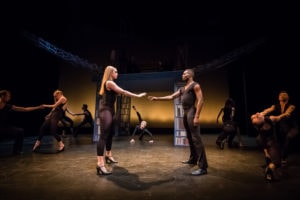

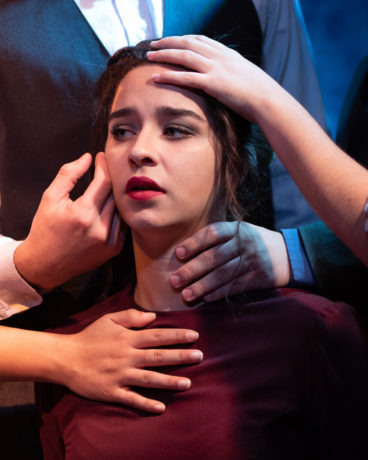
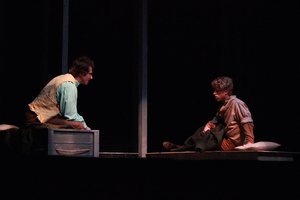
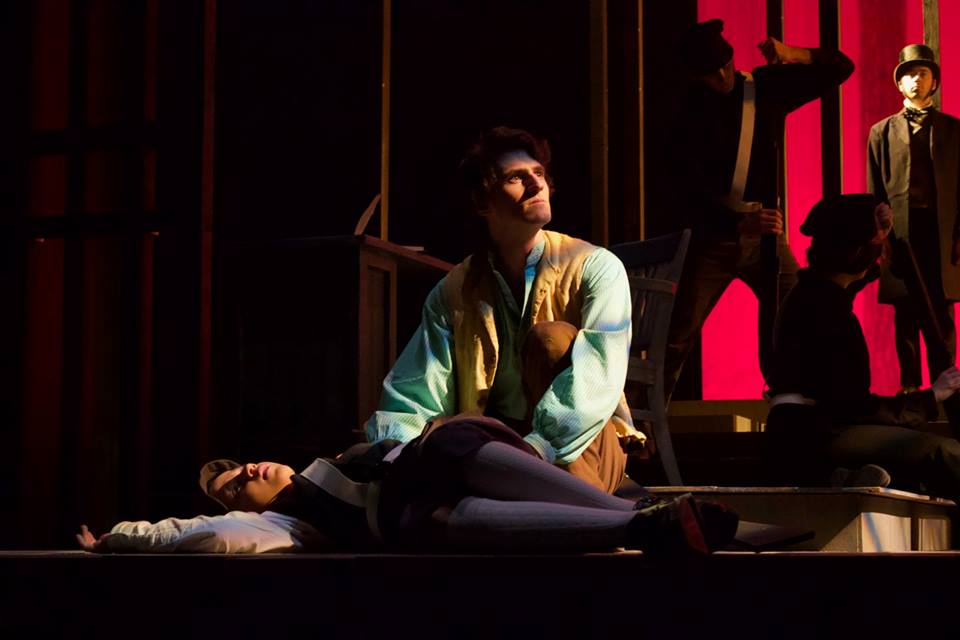
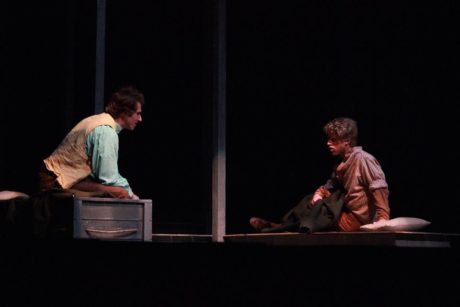
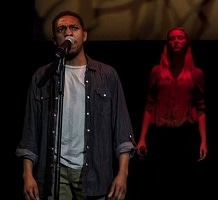
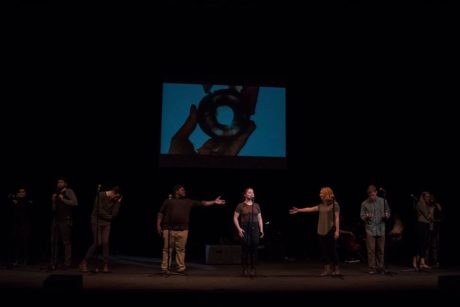
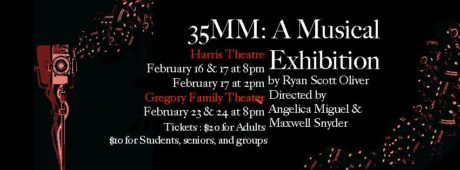
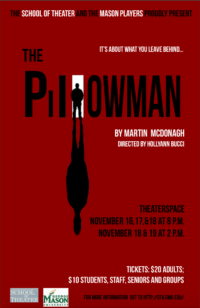
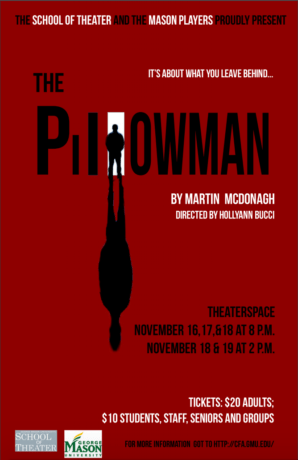 The material, like much of the playwright’s work, is challenging. The subject matter is dark, the characters’ actions are suspect, and the audience is forced to frequently reassess how they are defining right and wrong, and who is guilty or innocent. The police are interrogating a writer, whose short stories seem to have some connection to a murder investigation of three children. Police brutality, censorship, and other rights violations are surprisingly punctuated in the play through both humor and acts of compassion, and the audience is increasingly caught up in the chase for the underlying truths of the story.
The material, like much of the playwright’s work, is challenging. The subject matter is dark, the characters’ actions are suspect, and the audience is forced to frequently reassess how they are defining right and wrong, and who is guilty or innocent. The police are interrogating a writer, whose short stories seem to have some connection to a murder investigation of three children. Police brutality, censorship, and other rights violations are surprisingly punctuated in the play through both humor and acts of compassion, and the audience is increasingly caught up in the chase for the underlying truths of the story.